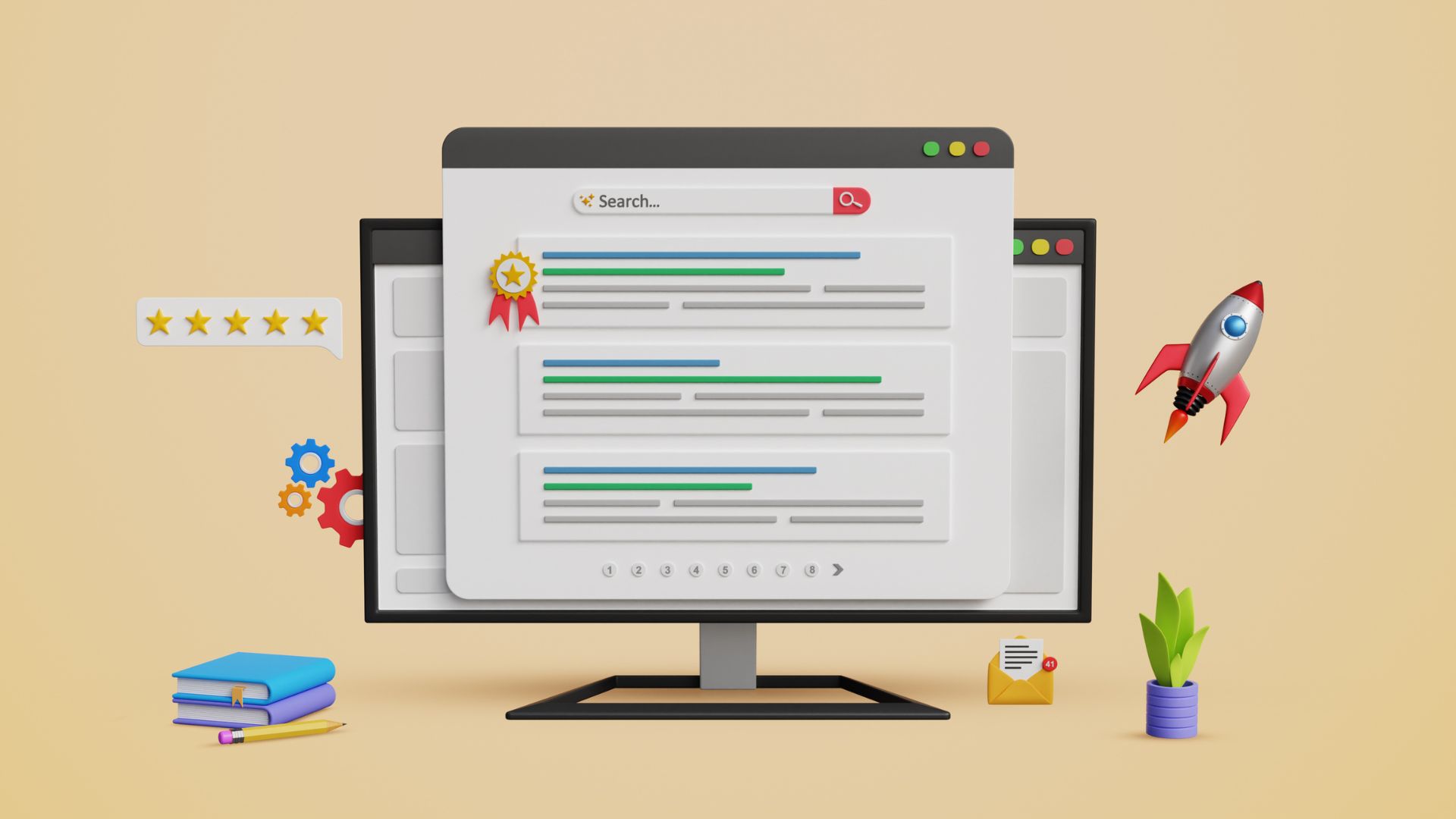As Singapore's economy evolves, so does its approach to foreign workforce management. The Foreign Worker Levy (FWL) plays a crucial role in this landscape, shaping the country's labour market and business strategies. Whether you're an employer navigating compliance or a professional seeking to understand Singapore's labour policies, grasping the intricacies of the FWL is essential.
This article delves into the purpose, structure, and impact of the FWL, offering insights into recent changes and future developments that could affect your business operations or career plans in Singapore.
The Foreign Worker Levy (FWL) is a pricing mechanism implemented by the Singaporean government to regulate the number of foreign workers in the country. It's a monthly fee that employers must pay for each Work Permit or S Pass holder they employ, excluding Employment Pass and EntrePass holders.
The levy amount varies based on the worker's skill level and industry, with higher rates for lower-skilled workers. Employers must factor this cost into their budgeting when hiring foreign talent. The system also includes quota and dependency ratio ceilings, further regulating the proportion of foreign workers in Singapore's workforce.
Understanding and complying with FWL regulations is crucial for employers to avoid penalties and legal complications. The levy is subject to periodic updates, so staying informed about changes is essential for continued compliance.
The Foreign Worker Levy (FWL) in Singapore serves as a crucial regulatory mechanism designed to manage the influx of foreign labour and maintain a balanced workforce. Its primary objective is to encourage employers to prioritise local talent whilst ensuring that foreign workers are hired only when there's a genuine skill or labour shortage.
This system aims to protect local workers by creating more domestic job opportunities and discouraging over-reliance on foreign labour. Additionally, the FWL serves as a revenue generation tool for the government, providing funds that can be channelled into various sectors and programmes.
The FWL also plays a vital role in maintaining a harmonious working environment and ensuring fair treatment of all workers. By implementing this levy, the government can exercise tighter control over the hiring of foreign employees, thereby regulating workforce dynamics and labour market conditions effectively.
The Foreign Worker Levy (FWL) in Singapore is structured with various tiers based on sectors and workers' skill levels. For the manufacturing and services sectors, the levy is tiered according to the company's Dependency Ratio Ceiling (DRC), with higher levies for employers closer to the maximum quota. In contrast, the construction, process, and marine sectors use a different system, basing the levy on whether the worker is classified as skilled or unskilled.
The levy rates vary significantly across sectors. In the construction sector, for instance, the monthly levy ranges from S$300 to S$950, while in manufacturing, it spans from S$370 to S$650. These varying structures and tiers are designed to encourage employers to hire higher-skilled foreign talent and maintain a balance in the workforce composition.
It's crucial for employers to understand these structures as they directly impact operational costs and hiring decisions. Collaborating with an Employer of Record (EOR) service can help navigate these complex tiers and ensure compliance with FWL regulations.
The Foreign Worker Levy (FWL) in Singapore is calculated based on the worker's employment pass type and the employer's total foreign workforce. Levy rates vary by industry and skill level, with higher rates for lower-skilled workers to encourage hiring of skilled foreign talent. To determine your FWL:
Employers must pay the FWL monthly, typically by the 17th of the following month. Late payments may result in penalties, fines, and possible work permit suspension. To ensure compliance:
Accurate declaration of local employee salaries and CPF contributions is crucial for correct quota calculation. Regularly check your workforce and quota balance on the WP Online portal to plan foreign worker hiring effectively.
To maintain a high-quality foreign workforce and support industry transformation, the Ministry of Manpower (MOM) has announced several updates to Singapore's foreign workforce policies. The Employment Pass (EP) minimum qualifying salary will increase from $5,000 to $5,600 per month for most sectors, and from $5,500 to $6,200 for the financial services sector. These changes will be implemented gradually, with new EP applications affected from 1 January 2025 and renewal applications from 1 January 2026.
Additionally, the Local Qualifying Salary (LQS) threshold will rise from $1,400 to $1,600 monthly for full-time local workers, and from $9 to $10.50 hourly for part-time local workers, effective 1 July 2024. The Marine Shipyard sector will see changes in its dependency ratio ceiling and levy rates, coming into effect from 1 January 2026.
These updates aim to encourage the hiring of higher-skilled foreign talent whilst uplifting lower-wage workers. Employers must stay informed about these changes to ensure compliance and avoid potential penalties.
As an employer in Singapore, you must adhere to strict Foreign Worker Levy (FWL) regulations. Timely payment of the levy via GIRO is crucial, with bills available on the 6th of each month and payments due by the 17th of the following month. Ensure you maintain accurate records of foreign worker employment details and comply with your sector's Dependency Ratio Ceiling (DRC) to avoid higher levy rates.
Non-compliance can result in severe penalties, including late payment fees of 2% per month (minimum $20), up to a maximum of 30% of the outstanding levy. Failure to pay may lead to work permit cancellations and restrictions on future applications. To avoid disruptions, consider setting up automatic payments and regularly reviewing your foreign worker quotas.
In certain situations, you may be eligible for FWL waivers or refunds, such as when a foreign worker is on overseas or hospitalisation leave. However, applications must be submitted within one year. Stay informed about sector-specific rebates and relief measures to maximise your benefits and maintain compliance.
The Foreign Worker Levy (FWL) significantly influences both businesses and foreign workers in Singapore. For employers, the levy adds to operational costs, impacting budgeting and hiring decisions. Companies must factor in these additional expenses when planning their workforce, potentially limiting their ability to access global talent.
Compliance with FWL regulations is crucial for businesses to avoid severe penalties, including fines, work permit cancellations, and possible bans on hiring foreign workers. Adhering to these rules can also help employers streamline their workforce management and ensure the fair treatment of foreign employees.
The levy can make securing employment in Singapore more challenging for foreign workers, as it increases the cost for employers. However, the system aims to protect local job opportunities while still allowing businesses to access necessary foreign talent. Understanding the FWL is essential for both employers and workers to navigate Singapore's labour market effectively and maintain a harmonious working environment.
Singapore's foreign workforce policies are evolving to meet the challenges of a rapidly changing global economy. The Ministry of Manpower (MOM) has announced significant updates to these policies, set to take effect in 2024 and 2025. These changes include increases in the minimum qualifying salary for Employment Pass holders and adjustments to the Local Qualifying Salary threshold.
As Singapore embraces technological advancements, the impact of artificial intelligence (AI) on the foreign workforce is becoming a critical consideration. While AI creates new economic opportunities, it also poses challenges for low-wage migrant workers who may face displacement. To address this, Singapore may need to rethink its approach to workforce development, potentially extending upskilling initiatives to include migrant workers.
The introduction of new salary benchmarks for Employment Pass applicants reflects Singapore's commitment to attracting high-skilled foreign talent while safeguarding local employment. These policies aim to strike a balance between maintaining Singapore's competitiveness and ensuring fair opportunities for local workers.
The Foreign Worker Levy remains a crucial policy tool in Singapore's labour landscape. As businesses navigate the complexities of hiring foreign workers, understanding the levy system is paramount. Whilst the levy may pose financial challenges, it ultimately aims to maintain a balanced workforce and foster local employment.
Employers must stay informed about recent changes and ensure compliance to avoid penalties. As Singapore continues to refine its foreign manpower policies, adaptability will be key.
For efficient hiring solutions that align with these regulations, consider leveraging FastJobs' user-friendly platform to find the right talent FAST.

In Singapore’s job market, portals offer fast access while agencies provide tailored matchmaking.
Read more
Retail in SG is rising! Wage growth & skills training create new career paths. Explore jobs with FastJobs.sg.
Read more
Hiring faster starts here—Job Bump boosts your listing by 30%+ without needing a repost.
Read more